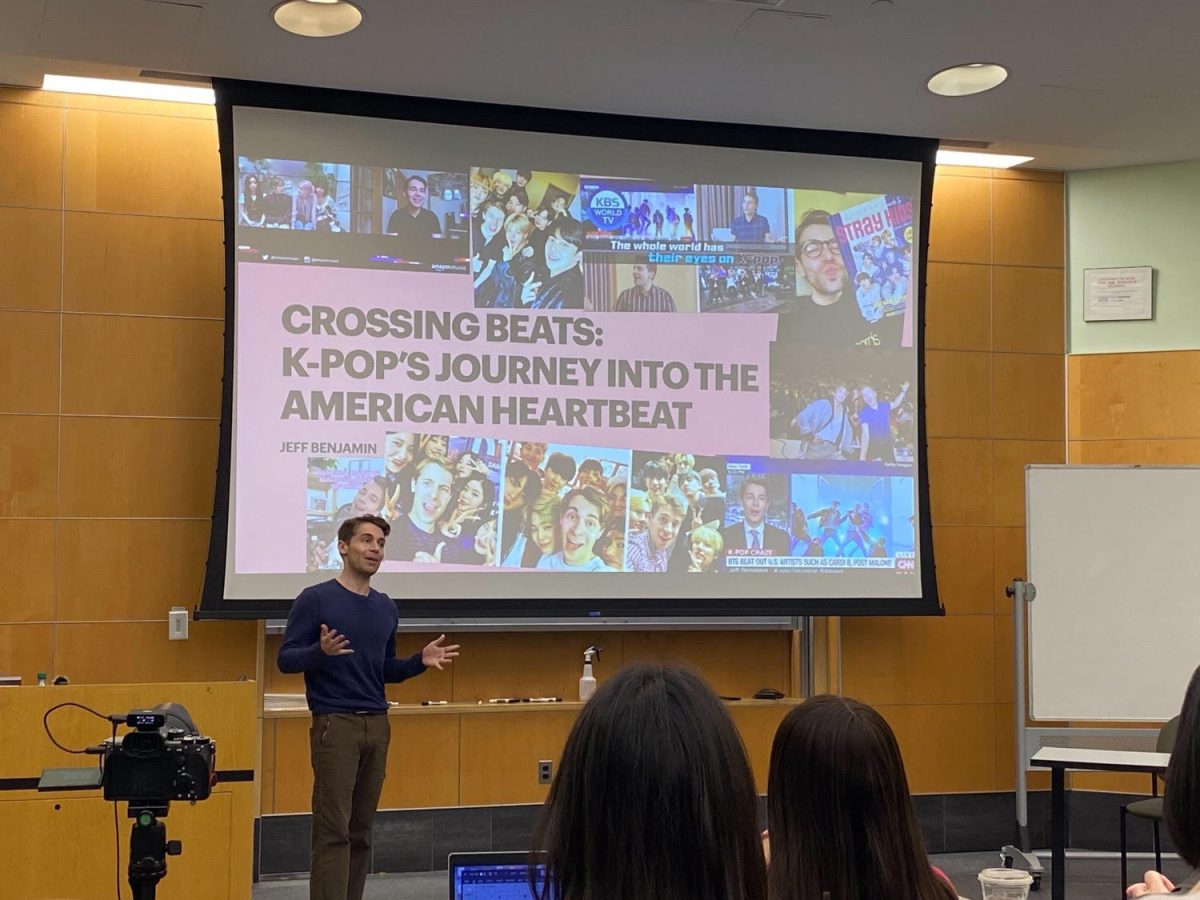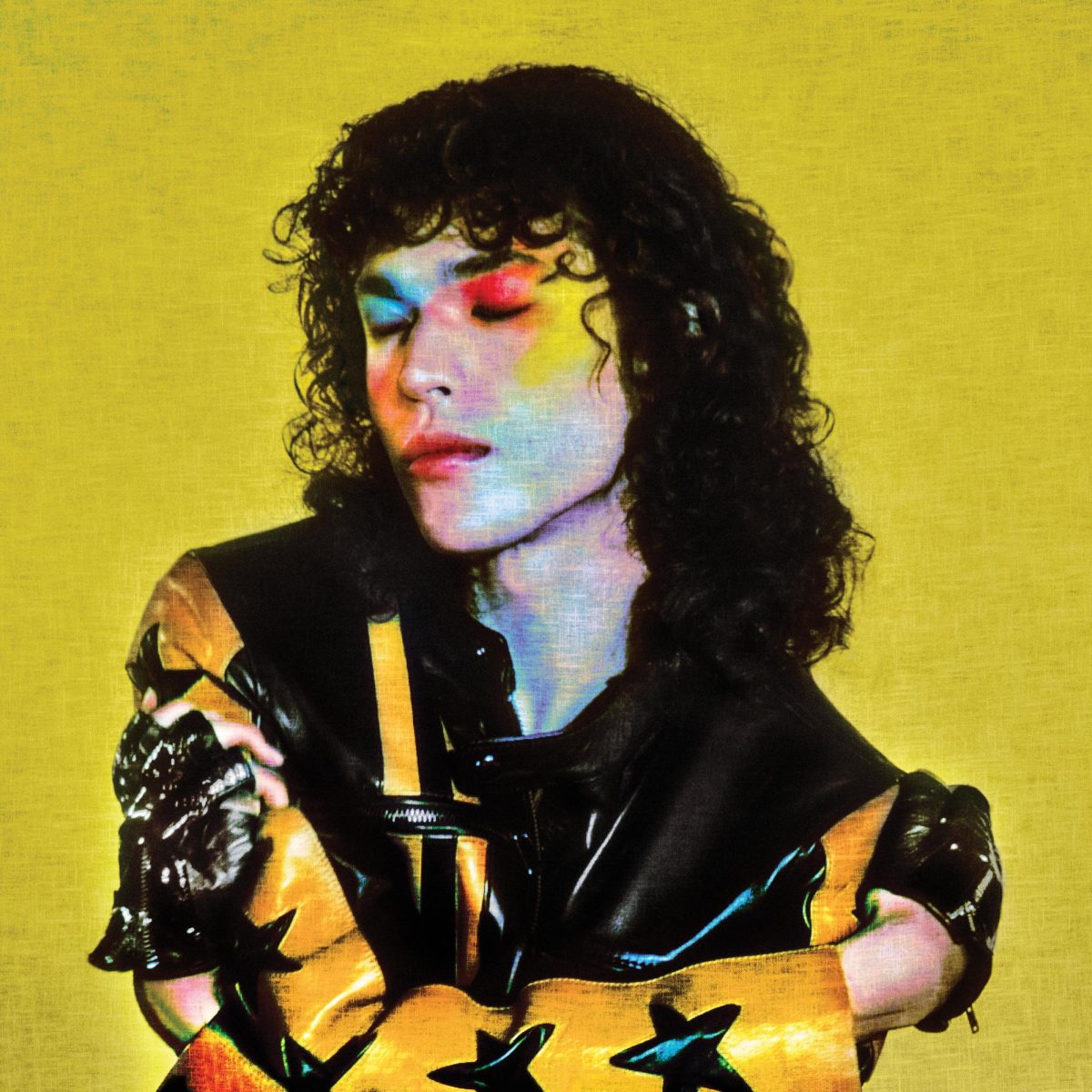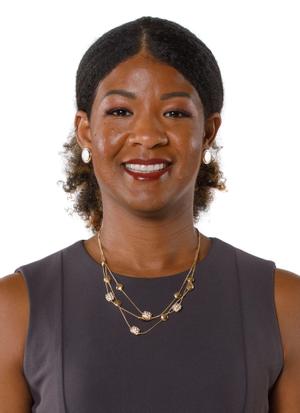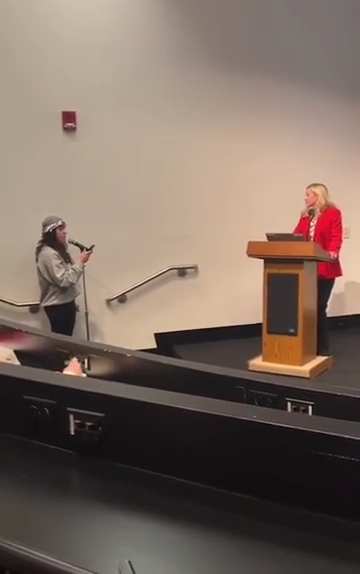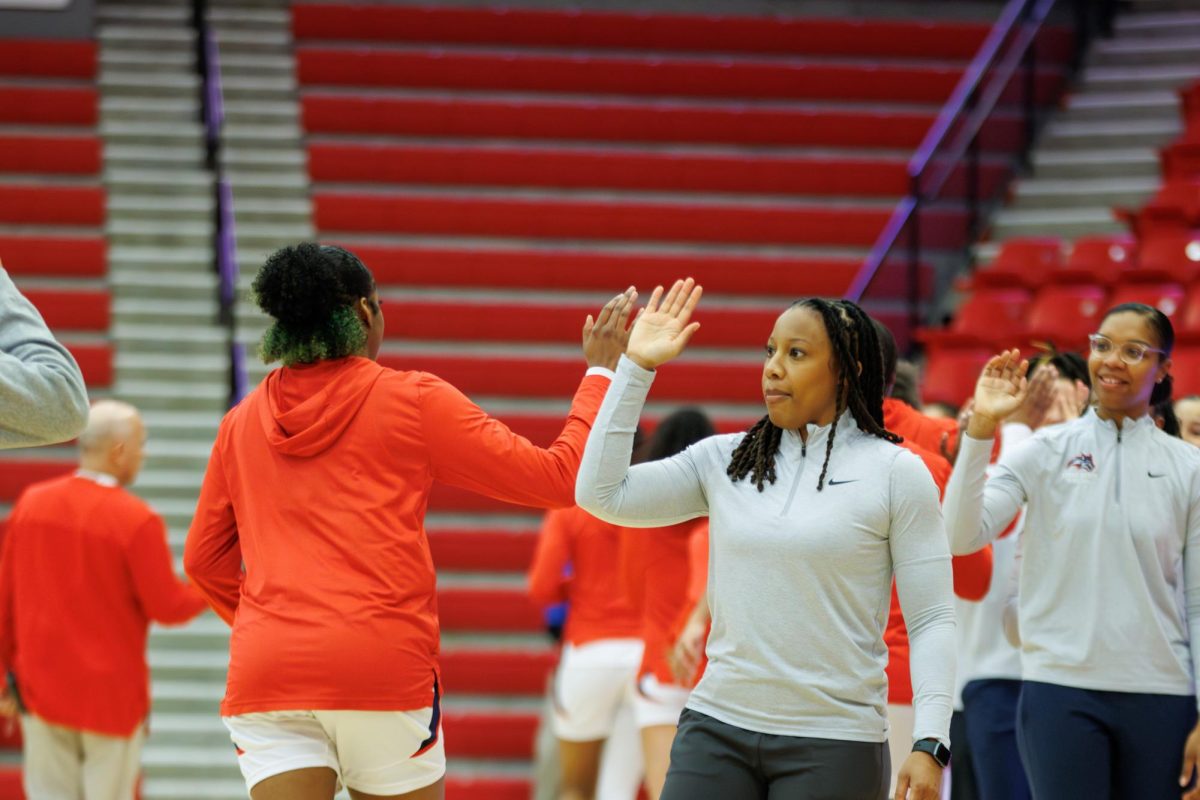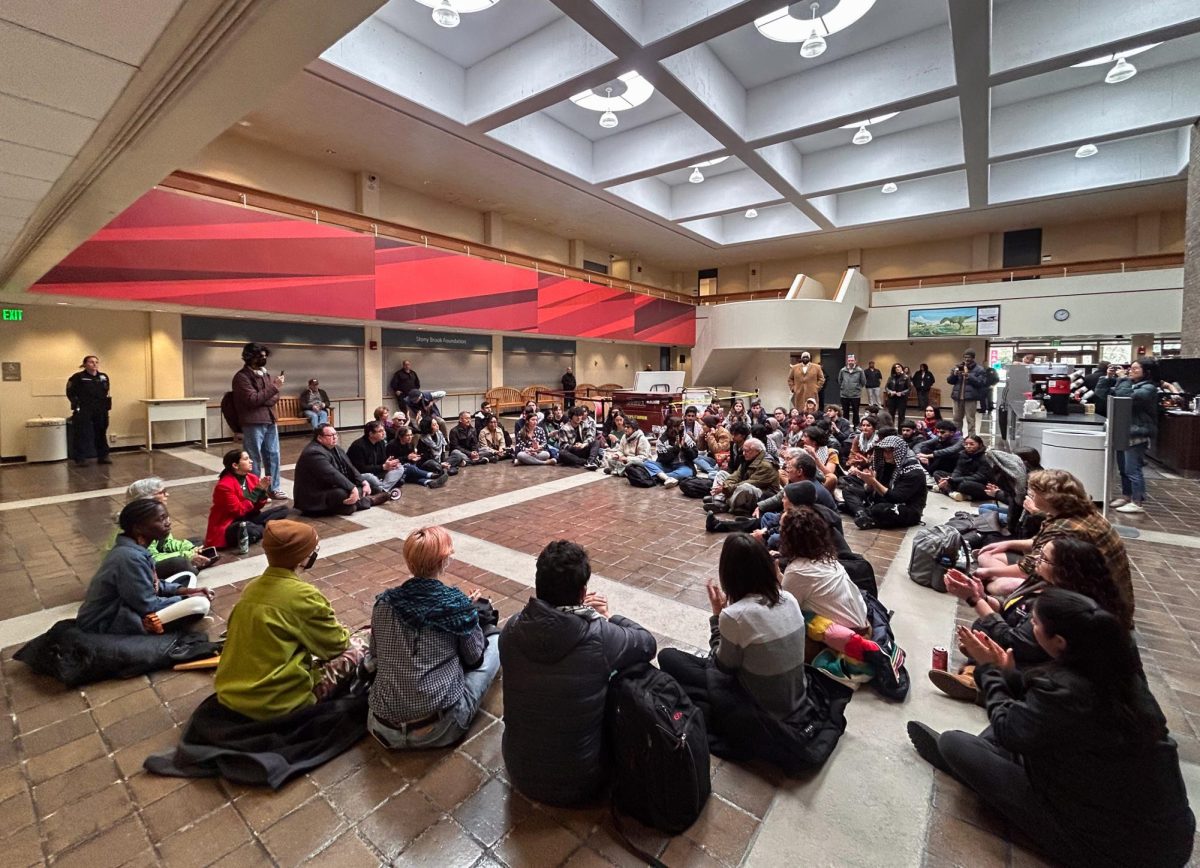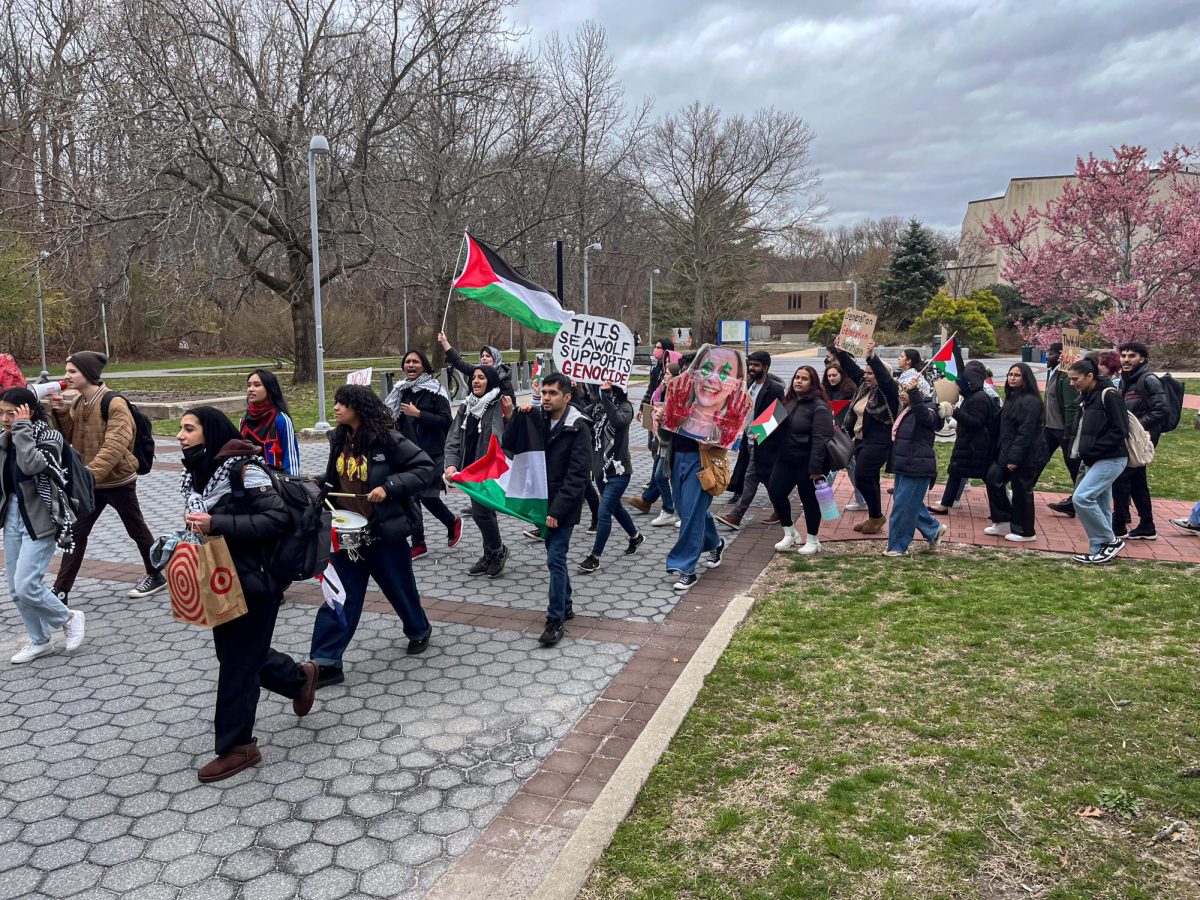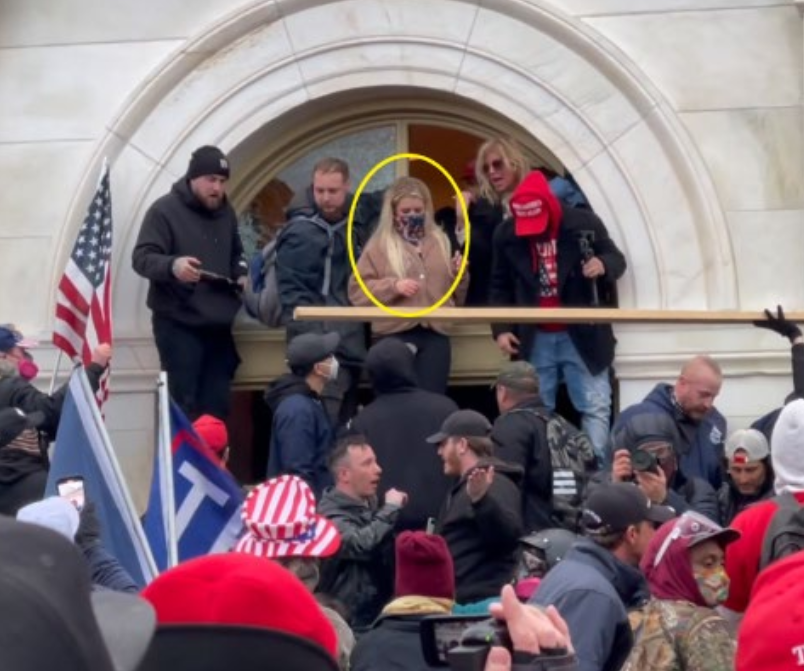
The Charles B. Wang Center has focused on bringing culturally educational programs for students and members of the community to enjoy through various forms of expression and interpretation.
“Mao’s Golden Mangoes and the Cultural Revolution” is one of the newest exhibitions to be introduced at the center and has been showcasing both the spicy and sweet sides of this historically significant fruit through different events.
The exhibition is inspired by the heavy influence of the mango in official propaganda from the summer of 1968 in China. Mao Zedong was presented a gift of mangoes by Pakistan’s foreign minister at the time, Mian Arshad Hussain. Mao then used this gift as an expression to show support to the working class.
The mangoes were thought of as a token of Mao’s benevolence toward the workers and many would come to see and sniff the near-divine fruit.
The program started with a small exhibition of art collected by Alfreda Murck, which is displayed in the Museum Rietberg in Zurich, Switzerland.
The pieces of art help bring an educational aspect to this showcase to shed some light on the weight that mangoes held during this era.
“I wanted to organize programs that coincided with academic courses,” Jinyoung Jin said, associate director of Culture Programs at the Wang Center. “There are Chinese history courses that have touched on this revolutionary period and really showcase the value of the mango in culture.”
The paintings do provide a vivid perspective as to how the mango influenced the state of the country.
One painting in the exhibit, “The poster of Mao’s Mangoes” was created by artist Chen Qiang and displays a parade of joyful workers and one worker in particular holding a larger platter of mangoes.
Many of the other pieces of art showcased how propaganda and the love of mangoes were able to pull the working class along during that time period.
“I knew the collector who had these visual artifacts,” Jin said. “These pieces have educational value and help us expand on how to deliver more knowledge, but we have other ways of educating as well.”
And what better way is there to educate students and the community than through culinary programs?
A small cooking exhibition took place in the Wang Center Chapel this past Saturday.
Chef Paolo Fontana of the Simons Center for Geometry and Physics Café conducted a live cooking event in which he used mangoes as a main ingredient to make a chutney that mixed the sweetness of mangoes and the spiciness of Asian flavor.
However, not only did he show how to cook the mango chutney, but he prepared it so that those in attendance may take home the robust and savory flavors that were created in front of them.
“It’s something for you to take home,” Fontana said. “You can try it, maybe even make the recipe and put your own twist on it and see where it takes you.”
Throughout the program, Fontana would pass around ingredients to allow attendees to get an idea of the dish and its components, making it both an educational and entertaining presentation.
“I think the Wang Center is for both students and the community and it has many academic heavy programs,” Jin said. “But, culinary programs are fun to enjoy and I think I will continue to utilize culinary influence for programs such as this one.”







